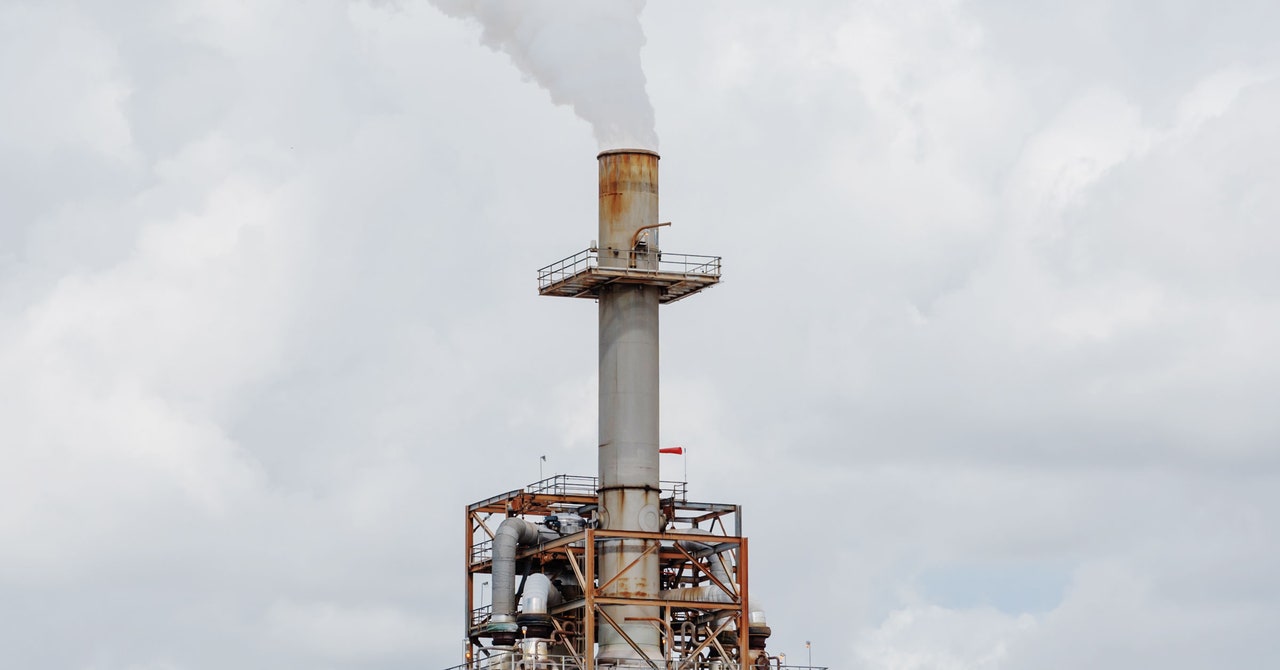
Measuring air quality is inherently a measure of excess—any amount of toxic nitrogen oxides, ground-level ozone, and fine particulate matter is probably bad for human health. But when it comes to federal regulations, the notion of excess gets a bit wonky. When a refinery or plant outstrips the limits set by the local public health authorities to cap pollution, those fumes are considered “excess emissions,” or, more wonkily still, “exceedances.”
Emissions limits are arbitrary, of course. Less pollution is always better in a country where more than 20 people die every hour from poor air quality, and where that burden skews toward communities of color. But parsing the human cost of these overflows is helpful for weighing—or possibly tightening—those arbitrary limits. So Nikolaos Zirogiannis, an environmental economist at Indiana University, decided to quantify the health toll in one state: How many people die each year as a result of that extra pollution?
His team chose to focus on Texas, where the large number of fossil fuel and chemical plants combines with the state’s industry-friendly regulations to make it a hot spot for excess emissions. But it also happens to have the nation’s strictest public disclosure requirements; in 2001, state lawmakers mandated not only that facilities must report excess emissions within 24 hours, but that this data be updated daily for public review. “Texas is the only state in the country that has a very, very detailed record-keeping requirement in place for those types of emissions,” Zirogiannis says.
He and his team combed through 15 years’ worth of reports, as well as mortality statistics and data from local air quality monitors. They concluded that every year, 35 elderly people die in Texas as a result of those excess emissions—in other words, these are deaths that would not have happened had all polluters kept within their permitted limits. It’s the first time any scientists have linked health effects to this subset of pollution. The results will appear in the July issue of the Journal of Environmental Economics and Management.
“This is a very high number,” says Zirogiannis, “because it’s a number that’s coming only from those exceedances.”
The main way the team linked these emissions to deaths was by isolating the degree to which they boost local levels of ground-level ozone, a nasty pollutant that can trigger heart problems and respiratory disease flare-ups. “There’s a huge body of literature linking elevated levels of ozone to respiratory and cardiovascular mortality,” says Joan Casey, an environmental health scientist at Columbia University who was not involved in the study. Heart attacks, strokes, asthma attacks, the exacerbation of chronic obstructive pulmonary disease—“those are the types of outcomes that I would expect are accounting for what they’re seeing here,” Casey says.
Oil refineries, natural gas facilities, chemical plants, power plants, and pipelines are hardly closed systems. Every time one shuts down for maintenance, starts back up, or just happens to malfunction—that’s an opportunity for unusual emissions. Nitrogen oxides, carbon monoxide, volatile organic compounds (VOCs), or other pollutants spill into local air. Each can be hazardous on its own, but in a sunlit atmosphere, these chemicals also contribute to the formation of ground-level ozone.
The team made the link between industrial air pollution and spikes in local ozone levels by collecting reports from the Texas Commission on Environmental Quality for the years between 2002 and 2017. This data showed when, where, and why releases were made, and what kind of chemical pollution was involved. They found a correlation between the release of nitrogen oxides, carbon monoxide, and VOCs with jumps in the ozone readings from monitors tracked by the Environmental Protection Agency.


